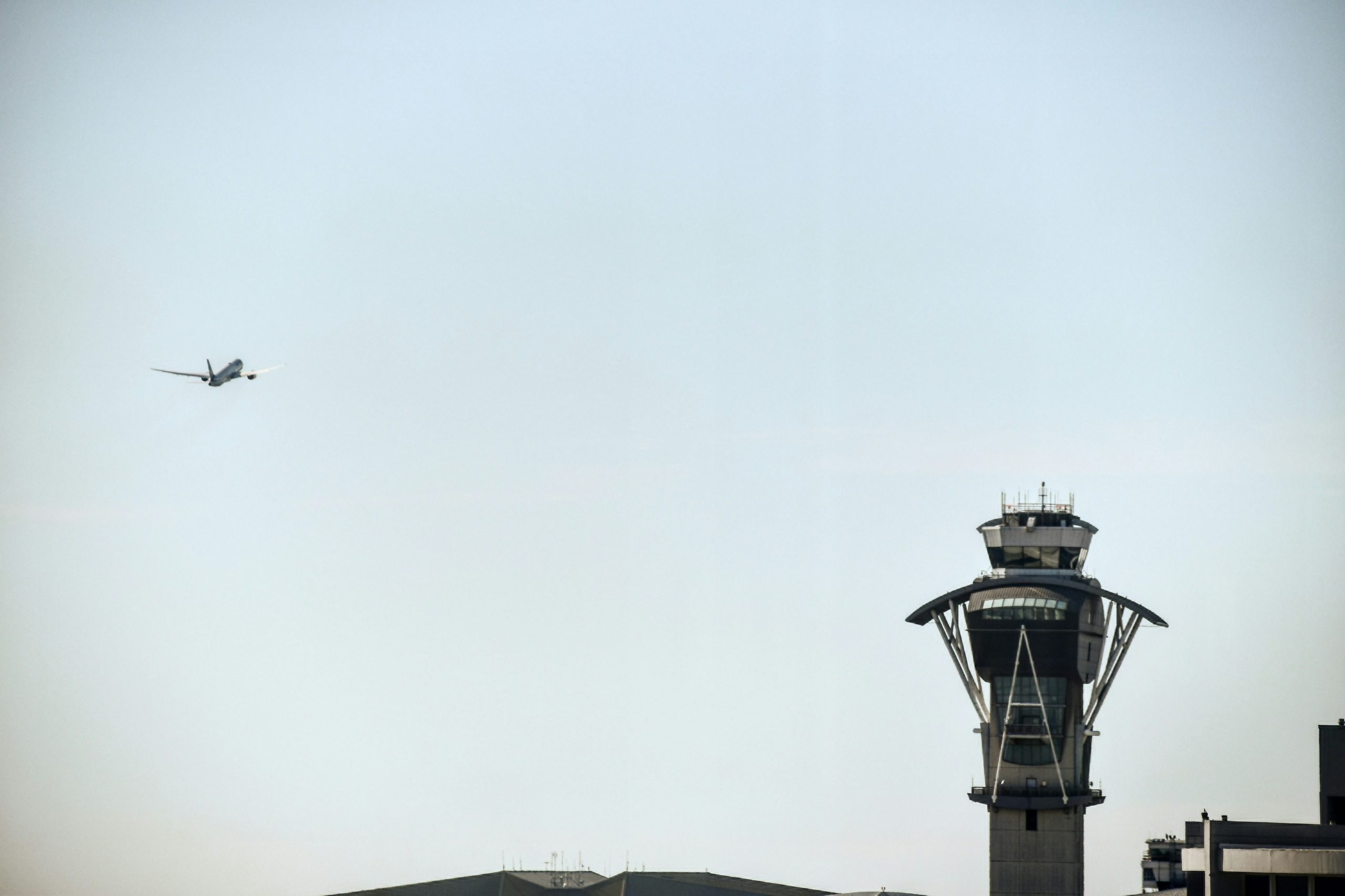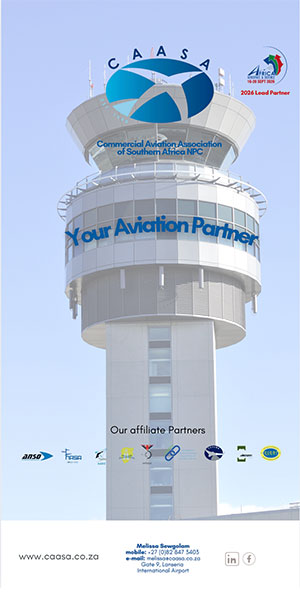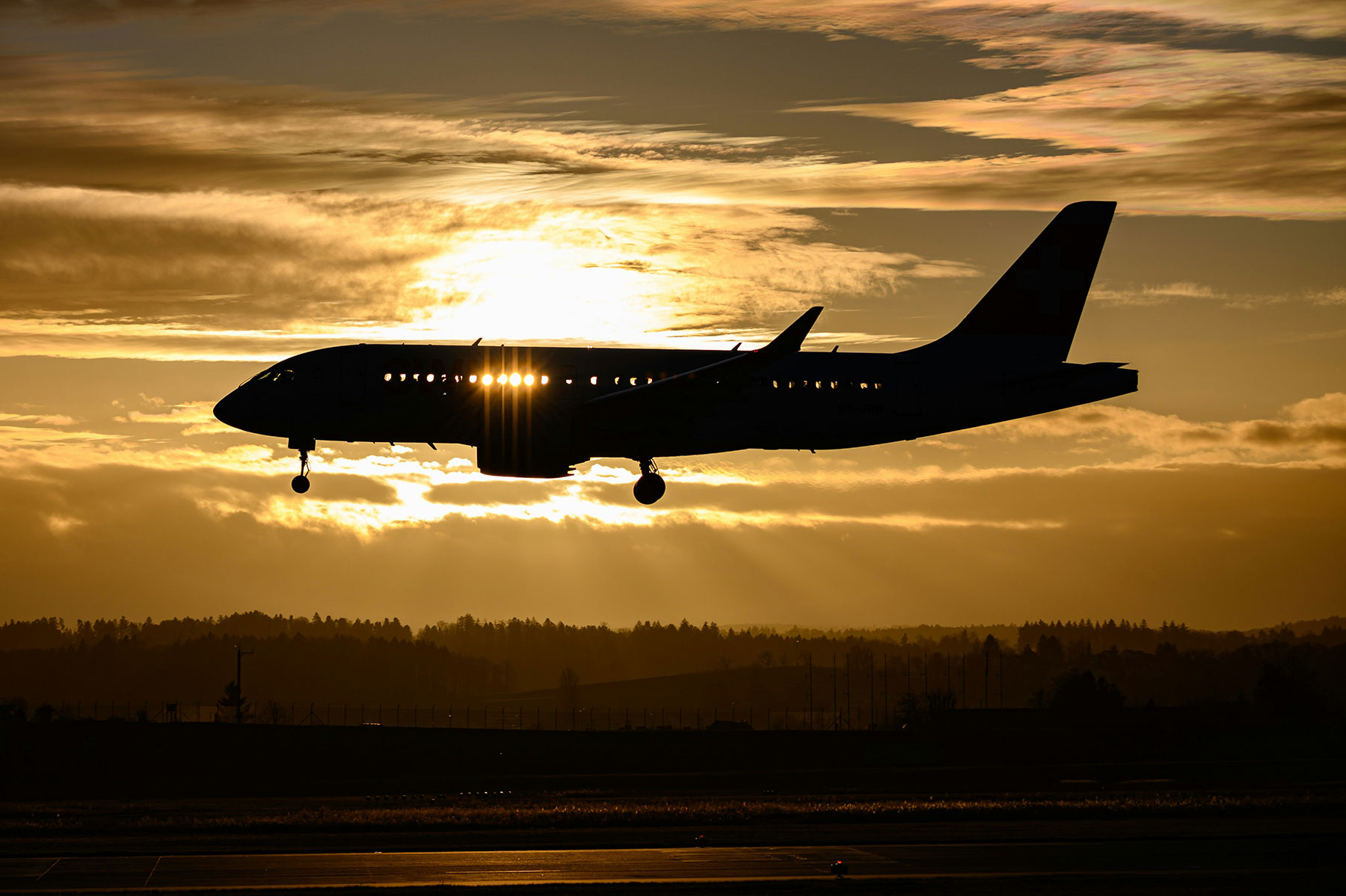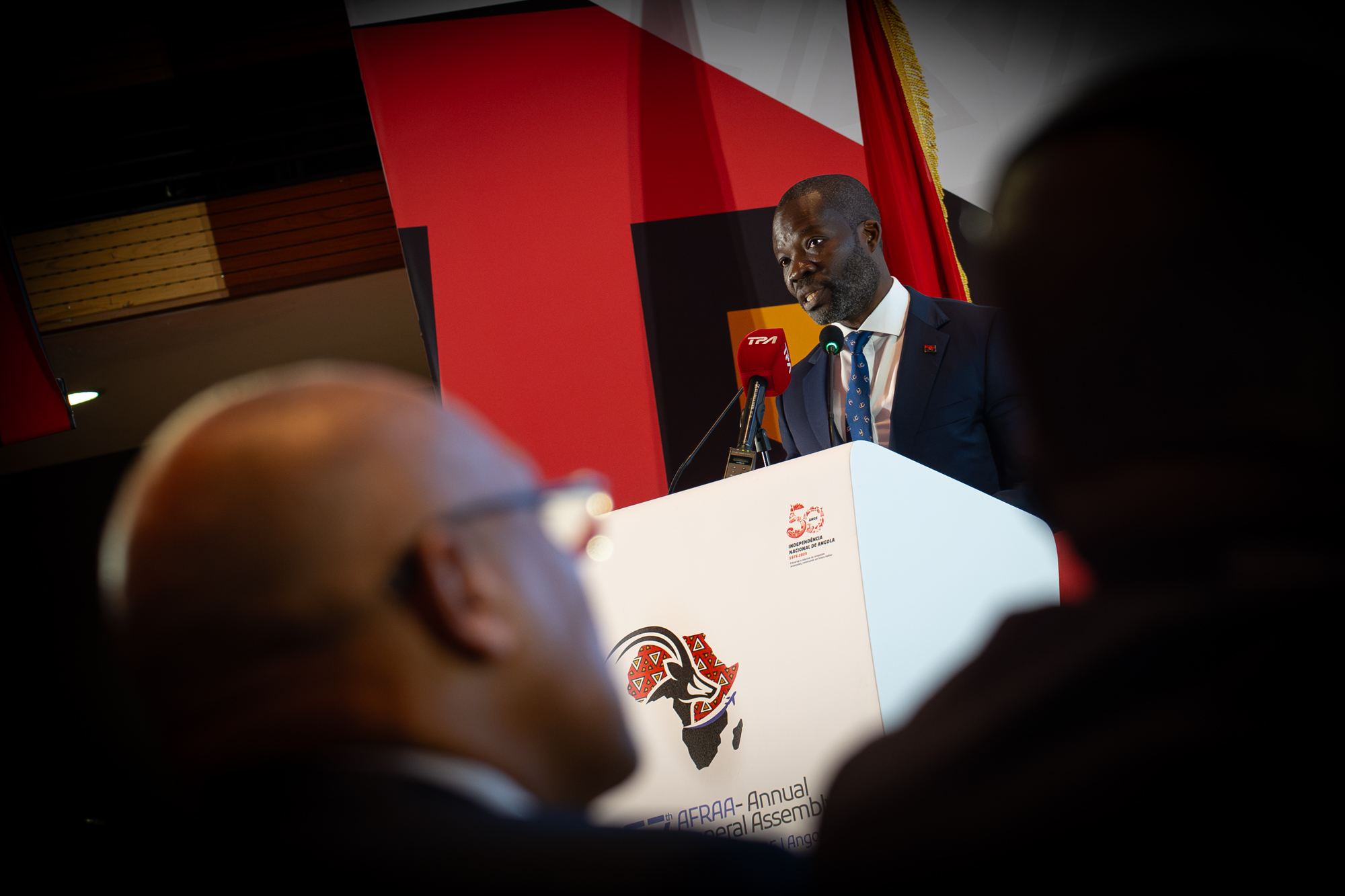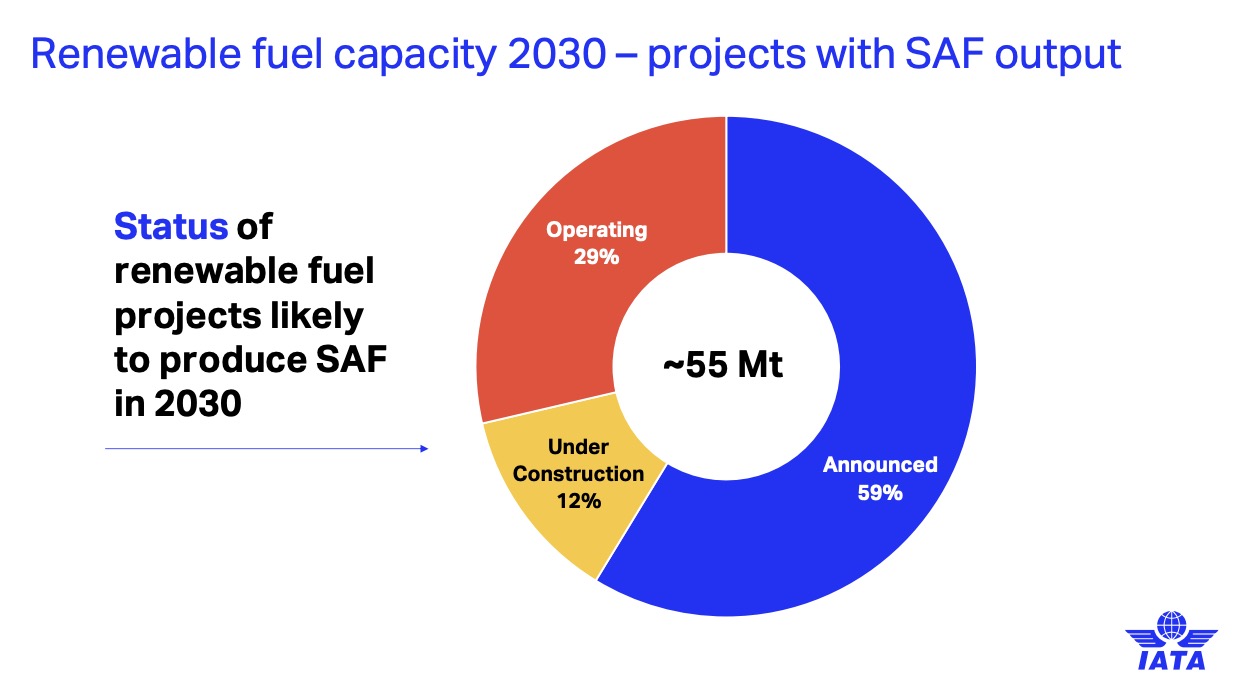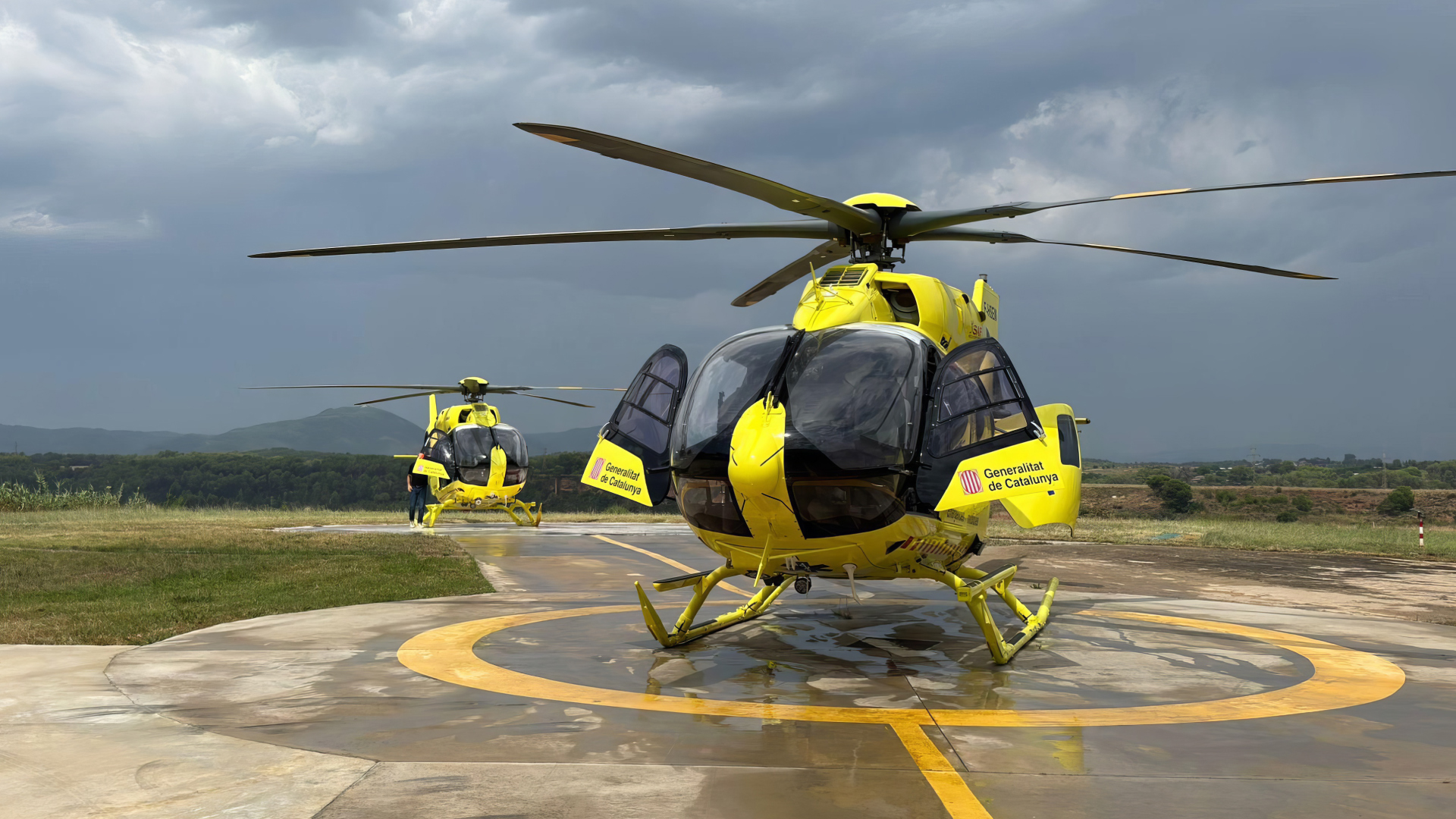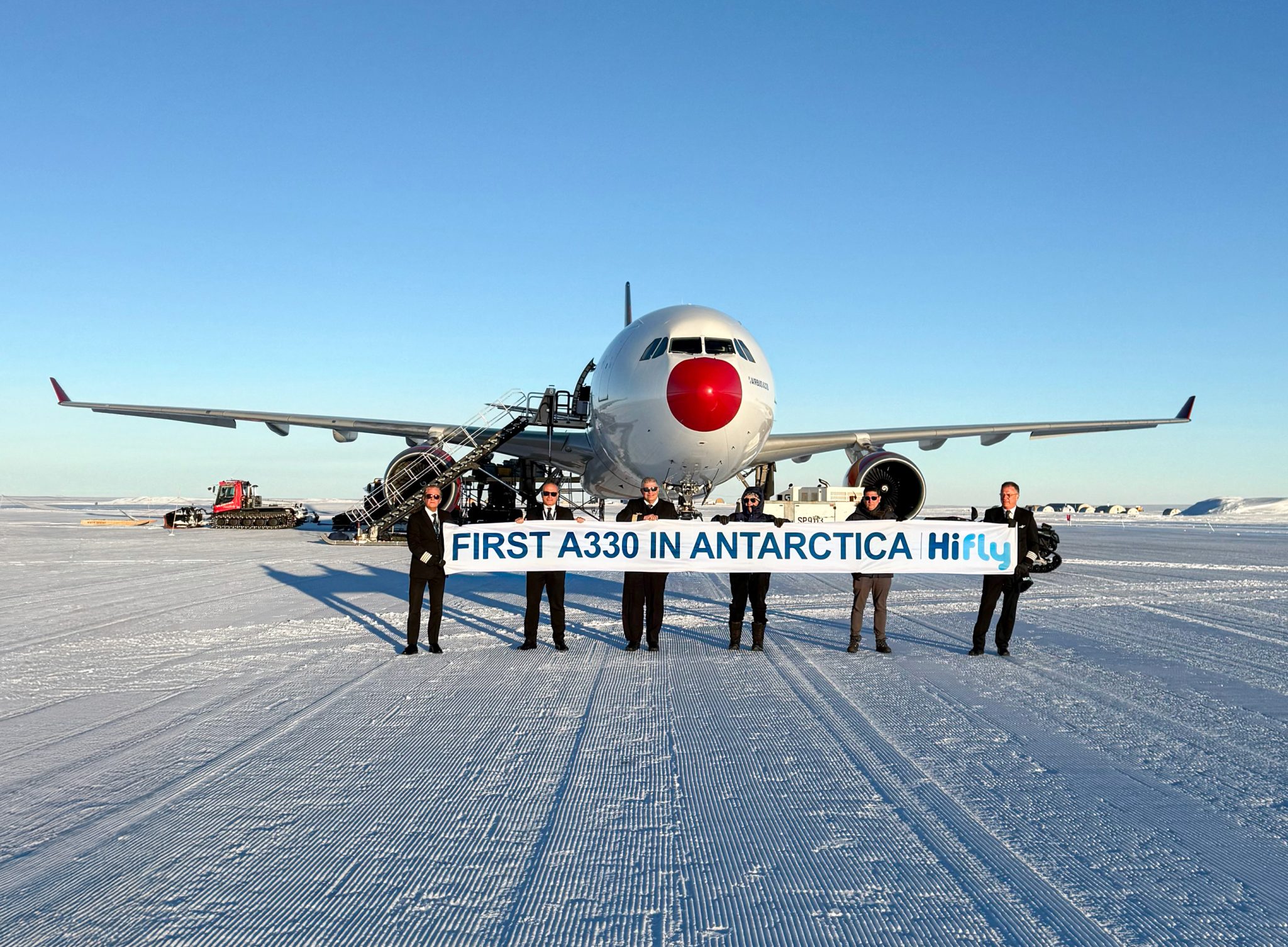Thousands of passengers have been left stranded and major regional flight routes disrupted following the failure of South Africa’s Air Traffic and Navigation Services (ATNS) to maintain key air navigation procedures, a lapse industry leaders are calling an “economic disaster.”
Airlink Flights Disrupted
On 17 October, Airlink confirmed severe disruptions to its flights serving Kruger Mpumalanga International Airport (KMIA), Pietermaritzburg, Richards Bay, and Mthatha, citing ATNS’s failure to renew the validity of those airports’ Instrument Flight Procedures (IFPs), the charts that legally guide pilots during takeoff and landing.
“Under normal circumstances, our flights to and from these destinations would be permitted to operate in the present summer weather,” said Airlink CEO De Villiers Engelbrecht. “However, the suspension of the IFPs places severe limitations on flights.”
The result: over 3,000 passengers affected by cancellations, diversions, and long delays, many of them international tourists visiting the Kruger National Park and other major attractions.
Paperwork Paralysis at ATNS
The crisis stems from ATNS’s suspension of 226 IFPs across South Africa in July 2024 after the agency missed a key renewal deadline. More than 200 of those procedures remain withdrawn, with new suspensions announced last weekend, primarily impacting KMIA.
ATNS spokesperson Mphilo Dlamini attributed the backlog to a shortage of flight procedure design specialists, saying the agency aims to complete its maintenance programme by April 2026.
However, aviation industry experts say the issue is not one of technical maintenance but bureaucratic paralysis.
“When ATNS talks about maintenance, it is literally talking about a paperwork compliance exercise. It does not involve any servicing or repairs to equipment or physical infrastructure.”
While there is a global shortage of qualified specialists, local industry players have repeatedly offered to help ATNS resolve the bottleneck. “If ATNS engages with stakeholders, a collaborative solution could be developed”.
Emergency Measures and Foreign Assistance
In response, ATNS has begun training new specialists and hiring expertise from abroad, including two experienced Flight Procedure Designers on loan from Dubai Air Navigation Services for the next three years.
Despite these efforts, airlines remain frustrated. “The lack of urgency is reflected in the glacial pace at which approval renewals are being processed,” said Aaron Munetsi, CEO of the Airlines Association of Southern Africa (AASA). “This is not an inconvenience, it’s an economic disaster demanding an emergency response.”
Ripple Effects on Tourism and Regional Economies
The disruptions are being felt far beyond the aviation sector. Airlines are incurring additional fuel costs, holding delays, and passenger care expenses, while still paying statutory charges to ATNS.
“These suspended procedures affect fragile regional economies such as Richards Bay, Kimberley, Mthatha, and Mbombela,” said Birns. “KMIA isn’t just a tourism hub, it’s a vital piece of economic infrastructure for Mpumalanga.”
Tourism operators warn that reputational damage could be long-lasting. Travel industry commentator Jabu Matsilele noted that international tourists have already lost valuable days of their itineraries. “This situation reflects very poorly on Destination South Africa and creates a negative impression for overseas visitors,” he said.
Modernisation on the Horizon
Ironically, the crisis comes just a month after ATNS signed a major modernisation contract with Atech, a company within Brazil’s Embraer Group, to replace South Africa’s aging Air Traffic Flow Management (ATFM) system.
The new system, to be installed at OR Tambo International Airport, will include a disaster recovery centre and simulation environment for training. Expected to be operational by 2027, it promises to enhance efficiency, safety, and predictability across South Africa’s airspace.
According to Atech CEO Rodrigo Persico, the upgrade will “create a more efficient, resilient, and predictable operational environment” that benefits passengers, airlines, and airports alike.
A Test of Governance and Leadership
While the Atech deal signals a step forward in infrastructure, it offers little immediate relief to an industry reeling from ATNS’s administrative failures.
The incident underscores broader concerns about governance and capacity within state-owned enterprises, echoing challenges faced by Eskom, Transnet, and SAA in recent years.
As South Africa heads into its peak summer travel season, the aviation sector — once seen as a model of safety and reliability on the continent, now faces a credibility test that could shape its reputation for years to come.
